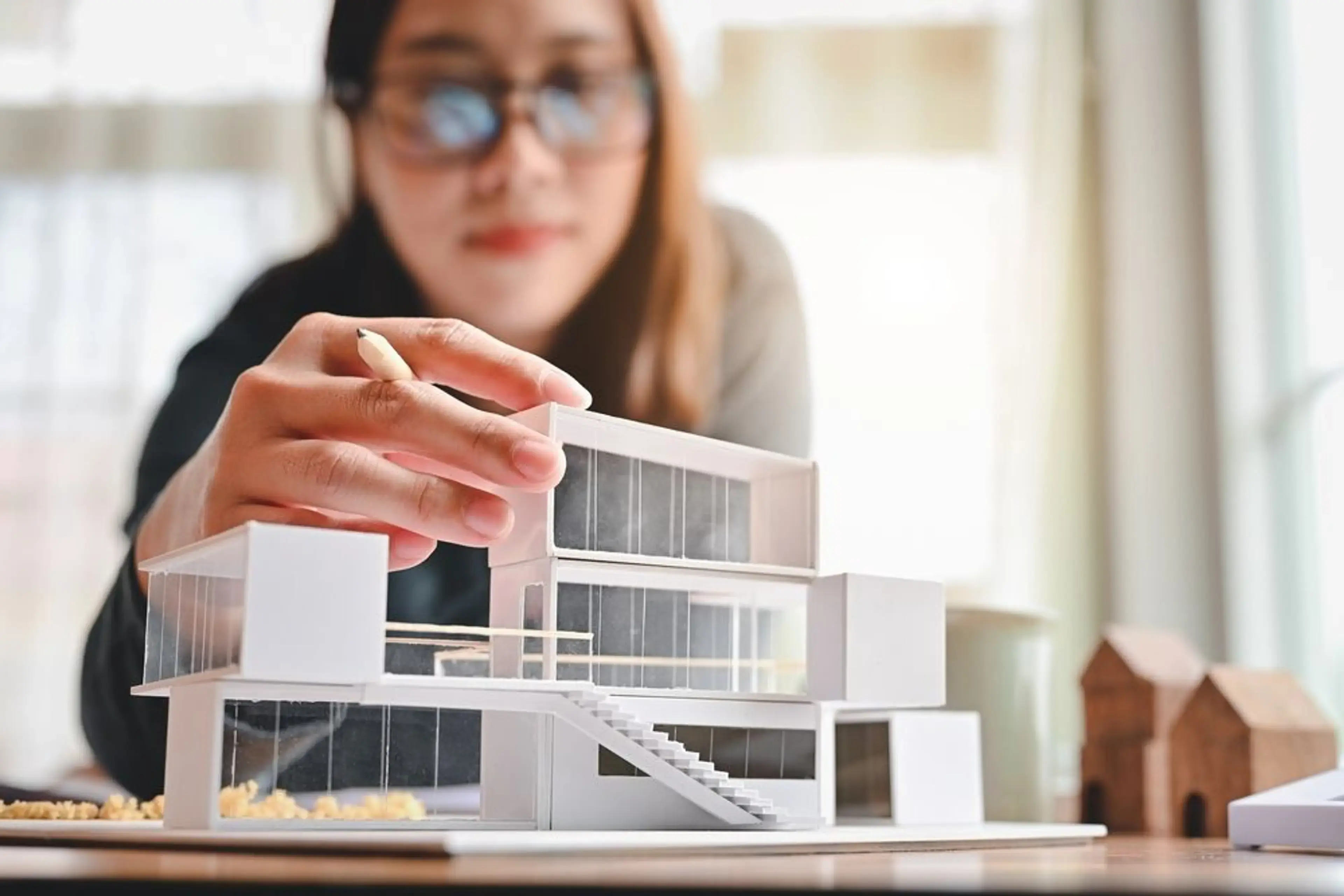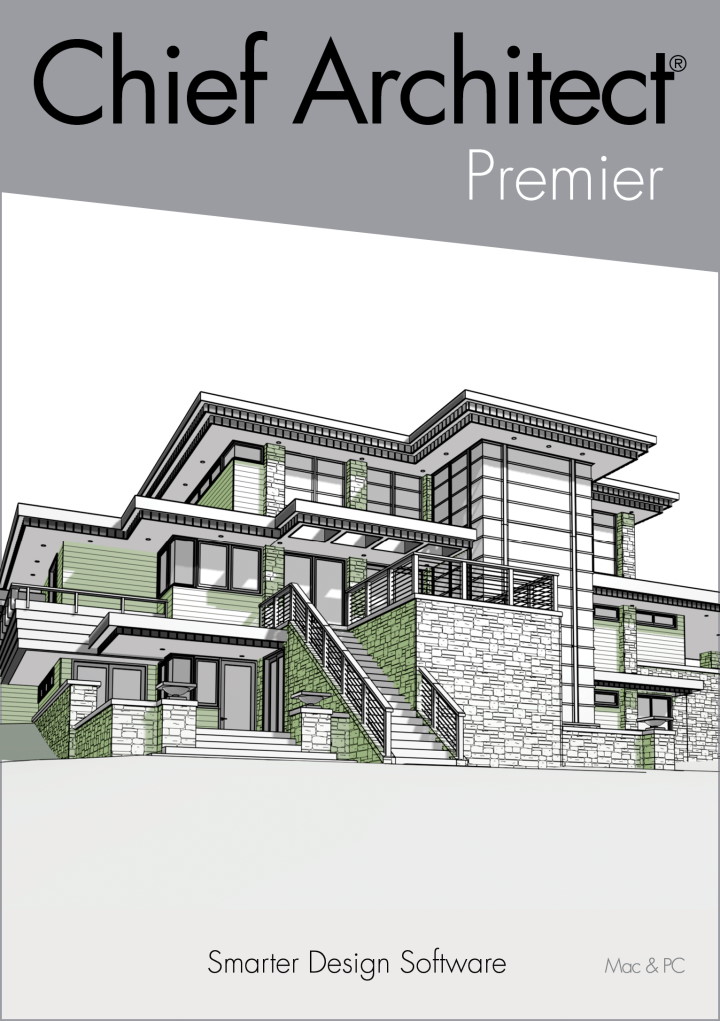Architect Rules for Designing Timeless Interiors
Recognizing the Diverse Occupation Paths Available for Aspiring Architect
As an aspiring Architect, you have a world of career paths waiting for you. Whether you're drawn to standard style or the subtleties of lasting style, there's a specific niche that straightens with your interests.
Typical Design: Designing Structures and Structures
Standard architecture concentrates on developing structures and structures that blend performance with visual allure. As you explore this area, you'll appreciate the complex equilibrium in between kind and purpose. You'll discover to attract inspiration from historic designs, integrating aspects like proportion, materials, and craftsmanship. Your layouts can reflect cultural heritage, showcasing local traditions while meeting modern requirements.
You'll develop abilities in composing, model-making, and website analysis, permitting you to picture and interact your ideas effectively. Involving with clients, you'll need to understand their vision and translate it right into practical designs.
Furthermore, building codes and sustainability methods are crucial in your work, guaranteeing your frameworks are ecologically pleasant and secure. As you expand in your job, you'll locate possibilities in property, industrial, and even repair projects, each offering one-of-a-kind obstacles. Embracing typical style leads the way for a satisfying profession that admires the past while shaping the future.
Urban Planning: Forming Areas and Public Spaces
As an ambitious Architect, you can play an essential duty as an urban planner, transforming how neighborhoods engage and work. By employing community involvement strategies, you'll assure that locals have a voice fit their setting. And also, incorporating sustainable design concepts will help develop rooms that not just fulfill today's requirements however additionally safeguard the future.
Function of Urban Planners
While many may assume of architects as the sole dreamers behind buildings, metropolitan planners play a necessary duty in forming the wider landscape of communities and public areas. By collaborating with different stakeholders, you'll aid create parks, transport systems, and domestic areas that advertise social interaction and availability. Your know-how in spatial style and community characteristics enables you to imagine future growth while protecting cultural heritage.
Community Interaction Methods
Reliable area engagement strategies are important for urban organizers to guarantee that the voices of citizens are heard and valued in the planning procedure. To foster meaningful discussion, you ought to focus on open discussion forums and workshops where neighborhood members can reveal their concepts and problems. Usage studies and social media sites to get to a broader audience, making certain varied perspectives are included. Collaborating with regional organizations can enhance trust fund and help with deeper links. It's crucial to provide clear details regarding decision-making procedures and suggested tasks, allowing residents to feel enlightened and equipped. By proactively including and paying attention comments, you'll produce spaces that mirror the neighborhood's demands, inevitably leading to even more effective and lasting metropolitan settings. Accept transparency and continuous dialogue for lasting influence.
Sustainable Design Concepts
When creating city rooms, incorporating sustainable style principles is critical for creating environments that grow both ecologically and socially. Take into consideration integrating environment-friendly spaces, like yards and parks, to improve biodiversity and improve air high quality.
Designing with water preservation in mind is additionally crucial-- consider rain gardens and absorptive surface areas to take care of stormwater. Involving area members throughout the planning process warranties that the spaces you develop fulfill their requirements and motivate social communication. By accepting these principles, you'll add to vivid, sustainable metropolitan landscapes that benefit everyone.

Landscape Design: Creating Lasting Exterior Settings
As you discover landscape design, you'll uncover necessary layout principles that create beautiful and practical outside areas. Sustainable practices play an important function in making certain these atmospheres thrive while lessening ecological impact. Plus, you'll locate a selection of occupation opportunities that enable you to make a genuine distinction in just how people communicate with nature.
Design Concepts in Landscape
Understanding layout concepts in landscape architecture is vital for producing lasting outside environments that integrate with nature. You'll need to ponder aspects like percentage, balance, and scale to assure your designs feel natural and inviting. Additionally, pay attention to seasonal changes, developing with materials that complement the environments year-round.
Lasting Practices Review
Sustainable practices in landscape design not only concentrate on aesthetics but also prioritize environmental health and source conservation. By integrating native plants, you boost biodiversity and reduce the requirement for chemical fertilizers and pesticides. Executing effective irrigation systems helps preserve water and lessens runoff, protecting neighboring environments. You can develop areas that promote soil health and wellness, such as utilizing organic materials and practicing permaculture principles. Furthermore, integrating environment-friendly infrastructure, like rainfall gardens and porous pavements, help in stormwater administration and lowers city warmth. When you create exterior atmospheres with sustainability in mind, you add get more info to a healthier planet and give spaces that promote community connection. Ultimately, these practices guarantee your styles profit both individuals and the environment for years ahead.
Occupation Opportunities Expedition
With a strong structure in sustainable practices, landscape design provides a variety of occupation check here paths that enable you to make a purposeful effect on the setting. Urban coordinators usually team up with landscape designers to develop green rooms in metropolitan settings, enhancing city livability. If you're passionate concerning education and learning, take into consideration becoming a landscape style educator, inspiring future generations.
Sustainable Design: Concentrating on Eco-Friendly Practices
As you discover your occupation in design, accepting environmentally friendly techniques can set you apart in an affordable area. Sustainable layout focuses on producing structures that decrease environmental effect while improving occupant wellness. By integrating sustainable materials, energy-efficient systems, and lasting building techniques, you'll contribute to a greener future.
Begin by acquiring expertise of green certifications like LEED or BREEAM, which can reinforce your credentials. Consider how natural light, ventilation, and thermal effectiveness can optimize style. Work together with engineers and ecological professionals to introduce services that reduce waste and save sources.
Don't neglect the relevance of area involvement-- interesting regional stakeholders can motivate layouts that harmonize with the environment. As clients increasingly focus on sustainability, your know-how in environment-friendly methods will not only bring in jobs yet also accomplish your passion for accountable design. Embrace this important aspect of the occupation, and view your career thrive.
Historic Preservation: Securing and Restoring Cultural Heritage
While you commence on your architectural trip, think about the crucial function of historical conservation in preserving our social heritage. This area concentrates on the protection and repair of significant structures, websites, and frameworks that inform the stories of our past. By taking part in historic preservation, you'll aid secure the architectural tradition that forms neighborhood identity.
As a historical conservation Architect, you'll assess historic significance and analyze the condition of structures. You'll function carefully with historians and guardians to ensure authentic repair strategies are employed. This career course allows you to mix creative thinking with research, allowing you to create remedies that value initial products and workmanship.
Your work not just adds to sustainability by recycling existing structures but also cultivates a feeling of satisfaction within neighborhoods. Welcoming this path will help you come to be a guardian of background, maintaining the tales and visual appeals that enrich our lives.
Interior Design: Enhancing Indoor Spaces
Historic preservation and indoor design both share a commitment to enhancing the developed atmosphere, but they concentrate on various aspects. While historic preservation emphasizes keeping a framework's historic and cultural worth, indoor design nos in on optimizing indoor areas for functionality and appearances.
As an aspiring Architect, you'll discover that interior design allows you to blend creativity with technological skills. You'll make spaces that not just look great but also promote convenience and efficiency. This area entails understanding exactly how light, color, and materials interact within an area, impacting mood and usability.
You'll work with numerous tasks, from read more property homes to industrial offices, ensuring that each atmosphere meets the demands of its residents. By prioritizing user experience, you can change interiors into inspiring and practical spaces, making a significant impact on how individuals communicate with their surroundings. Embrace the chance to enhance indoor environments and form the way people live and function.
Industrial Design: Combining Performance With Aesthetics
Industrial layout plays a crucial duty in developing products that effortlessly mix aesthetic appeals with functionality, guaranteeing that what you make use of daily is not only aesthetically enticing however likewise sensible. As an aspiring Architect, you might engage on your own in this area, focusing on creating every little thing from furnishings to consumer electronics. Your work entails recognizing user needs, products, and producing procedures, permitting you to create innovative services that enhance daily experiences.
In industrial layout, you'll usually team up with marketers, engineers, and makers, guaranteeing that your styles are not just attractive yet likewise practical. You'll learn to balance form and function, prioritizing functionality without giving up style. By developing your abilities in laying out, 3D modeling, and prototyping, you'll be fully equipped to bring your concepts to life. This job path uses a dynamic setting where imagination satisfies usefulness, making it a rewarding option for architects thinking about shaping the products of tomorrow.
Regularly Asked Questions
What Educational Credentials Do I Need to End Up Being a Designer?
To become a designer, you'll need a specialist level in design, commonly a Bachelor's or Master's. Additionally, you'll have to finish a teaching fellowship and pass the Architect Registration Assessment to practice lawfully.
Are There Accreditation Requirements for Different Architectural Job Paths?
Yes, there're accreditation requirements for numerous building paths. Architect. You'll require to pass examinations, complete internships, and often seek specialized training, relying on your selected emphasis, like landscape design, urban design, or historic preservation
What Software Abilities Are Necessary for Architects Today?

How Can I Gain Practical Experience While Researching Architecture?
You can obtain useful experience by interning at architectural companies, participating in style competitions, volunteering for neighborhood jobs, or working together with classmates on real-world projects. These opportunities enhance your skills and develop beneficial links in the market.
What Work Opportunities Exist Outdoors Conventional Design Firms?
You can explore various job possibilities outside typical style firms, like urban planning, interior decoration, landscape architecture, building management, realty development, or perhaps functions in sustainability consulting. Each deals distinct obstacles and incentives.
Whether you're drawn to traditional architecture or the nuances of sustainable style, there's a niche that lines up with your passions.When making urban areas, incorporating lasting style principles is critical for producing settings that grow both environmentally and socially.As you check out landscape style, you'll uncover important design concepts that produce useful and stunning outside spaces.Recognizing style principles in landscape style is vital for creating sustainable outside environments that balance with nature.In commercial design, you'll typically work together with makers, marketing experts, and designers, ensuring that your layouts are not just lovely but additionally possible.